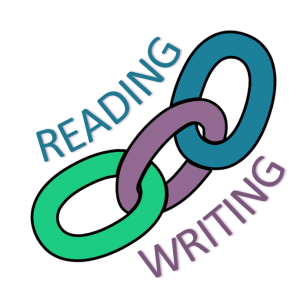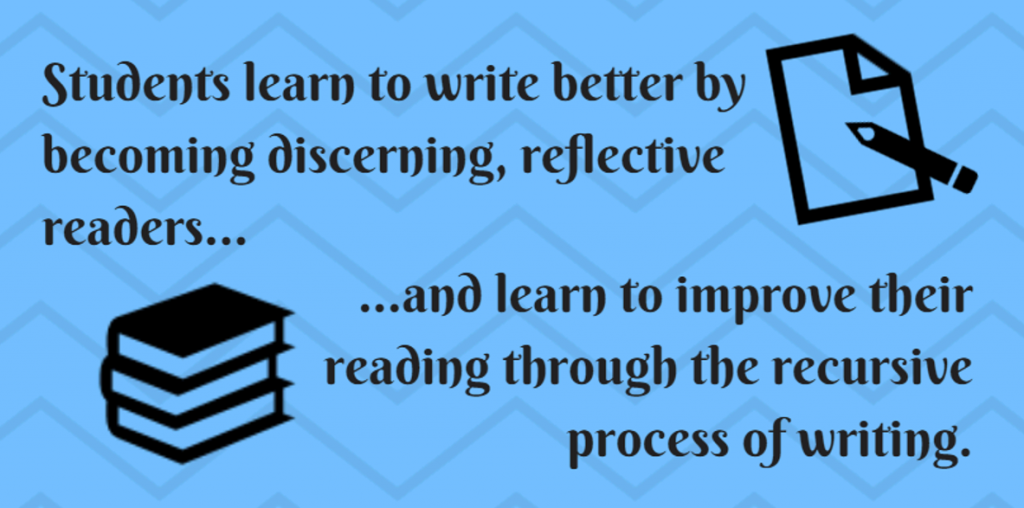Reading, Breathing, Writing, Working: Peace in the Air

by Judi Salsburg Taylor
The connection between reading and writing is akin to the link between breath and air. Unless we are consciously noticing our breathing—for example, when swimming underwater, meditating, or outmaneuvering the hiccups—most of us aren’t paying attention to it. It’s even more rare that we think about what we’re taking in, the dazzling atmospheric combinations of oxygen, nitrogen and other vapors that blossom into what we call air. Even while you’ve been reading these last few sentences about breath and air, you may not have been consciously thinking of your own immediate experience of these two things. They simply are and we don’t ruminate much about them.
Likewise, reading and writing are inextricable. Think for a moment about these two processes: When we “read,” we decode multiple symbols into something that makes meaning. The symbols may be letters on a page or screen, or they may be pictures, graphs, or sounds. They may be on paper, websites, or in live performances, and so on. When we read in any of these ways, we consume information and then we interpret that information. Reading is a deeply internal process by which we compose meaning. No less astonishing is the process we undergo when we “write”—whether we are drafting an essay, tapping out a text, preaching in church, writing a song, creating a PowerPoint, or filming a movie—we consider the reader and engage in a process that becomes iterative and recursive.
 The reading-writing link, in fact, is so deeply embedded in us, so unconscious, that once we become proficient readers most of us aren’t aware of how the act of reading is also the act of composing and how the act of writing is our expression of this meaning, which we continuously review, revise, read. And so on. This marvelous process is what we think of as communication.
The reading-writing link, in fact, is so deeply embedded in us, so unconscious, that once we become proficient readers most of us aren’t aware of how the act of reading is also the act of composing and how the act of writing is our expression of this meaning, which we continuously review, revise, read. And so on. This marvelous process is what we think of as communication.
The connection between reading and writing has long been considered in theory and in practice. Rosenblatt’s Transactional Theory discusses the relationship between reader and text, and the negotiations in establishing that relationship (1978). Tierney and Pearson (1982) argue that the act of reading and the act of writing collectively create meaning. Reading is at the core of literacy and certainly all academic achievement. One cannot write (produce) in a more complex arrangement than one can read (consume), purported Shanahan and Lomax (1988). Building on these and other premises, Goen-Salter and Gillotte-Tropp (2003) experimented with the integration of reading and writing in college composition courses. Indeed, the national trend in 2017 is a sweeping shift away from separating reading and writing as discrete courses and is now moving toward integrated reading and writing programs. One goal of this radical shift is to help students become more aware of their internal cognitive processes (reading and writing) in order to build cognitive structures that have multiple applications across a variety of disciplines and modalities (Salsburg Taylor, Dimino, Lampi, and Caverly, 2016).

What does this look like in the college classroom? For faculty, curriculum and course design take into account students’ affective, cognitive, and metacognitive learning domains. In fact, these facets of learning are embedded within each class meeting. Faculty undergird their pedagogical choices based on well-established learning theory and design instruction that explicitly addresses how students learn most effectively. For instance, a social-constructivist approach is used to teach content in a variety of modalities. Students come to class and interact with one another in order to develop basic rhetorical skills. Students consider the writer as they read text. For instance, they practice thinking rhetorically when they reflect on why the writer has made certain choices about structure, organization, and diction. Likewise, as they write, they reflect on these same rhetorical processes while carefully considering the reader doing the same. Students learn to write better by becoming discerning, reflective readers and learn to improve their reading through the recursive process of writing.
I suppose the underlying question in all of this is, so what? After all, and back to the earlier analogy, one need not be cognizant of breathing air in order to enjoy the pleasures of life. True enough, but we can hardly take a breath these days without being told the benefits of using a few moments during the day to be aware of life’s gifts. I don’t need to go into all the benefits of meditation and mindfulness right now to know that it’s generally good practice for our well-being, and there seems to be a wealth of data to back this up.
Likewise, addressing reading and writing from an integrated approach isn’t necessary to achieve great things in school and life, but the data show that understanding and articulating the cognitive processes of the reading and writing connection have multiple applications and show improved success rates for college students. Put very simply, students in an integrated reading and writing curriculum outperform their non-integrated counterparts, even when the integrated folks are under prepared and meet all the high-risk factors for flunking out of college. In other words, considering the reading-writing connection helps students succeed in their academic endeavors. Delivering this approach sensibly, faculty may find new meaning in their teaching and professional relationships. An integrated reading and writing curriculum may not save the whole world and bring about everlasting world peace, but it helps. These days, we need all the help we can get.
Judi Salsburg Taylor is a Professor in the ESOL/Transitional Studies Department at Monroe Community College in Rochester, NY. She teachs integrated reading and writing and college reading and is involved in facilitating professional development and present widely and publish in these areas. In 2018, her book of poems, Remembering New Things, will be published by Durga Press. Judi is also a member of the National OWL Advisory Board.
Reference List
Goen, S., & Gillotte-Tropp, H. (2003). Integrating reading and writing: A response to the basic writing “crisis.” Journal of Basic Writing, 22(2), 90-113.
Rosenblatt, L. (1978). The reader, the text, and the poem: The transactional theory of the literary work. Carbondale, IL: Southern Illinois University Press.
Salsburg Taylor, J., Dimino, R..K., Lampi, J.P., & Caverly, D.C. (2016). Connecting practice to research: Making informed pedagogical decisions. Journal of Developmental Education. 39 (2) 30-31.
Shanahan, T., & Lomax, R. G. (1988). A developmental comparison of three theoretical models of the reading and writing relationship. Research in the Teaching of English, 22(2), 196-212. Retrieved from https://www.jstor.org/stable/40030382
Tierney, R., & Pearson, P. D. (1983). Toward a composing model of reading (Reading Education Report #43). University of Ilinois at Urbana-Champaign: Urbana-Champaign, IL. Retrieved from https://www.ideals.illinois.edu/handle/2142/17470
